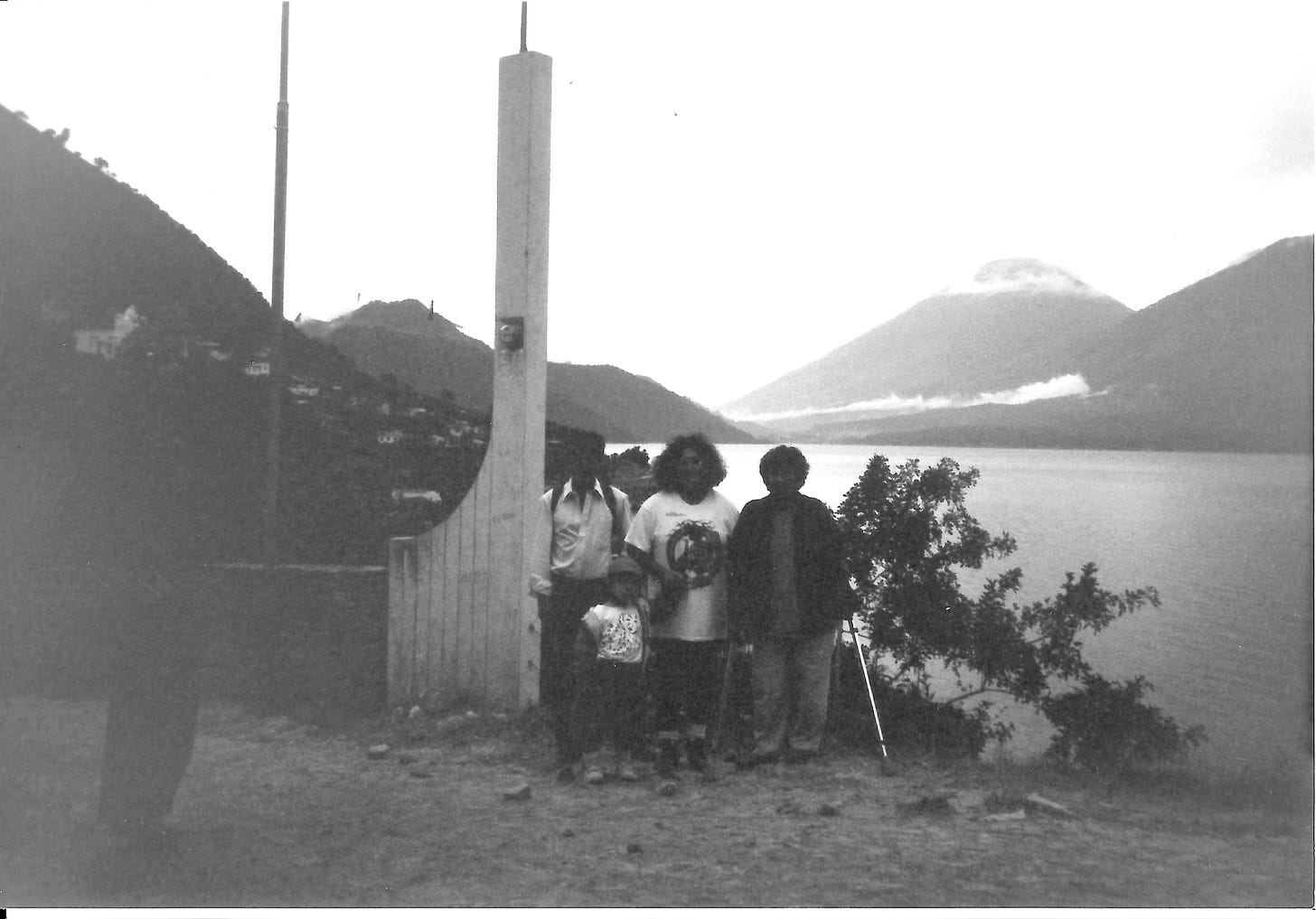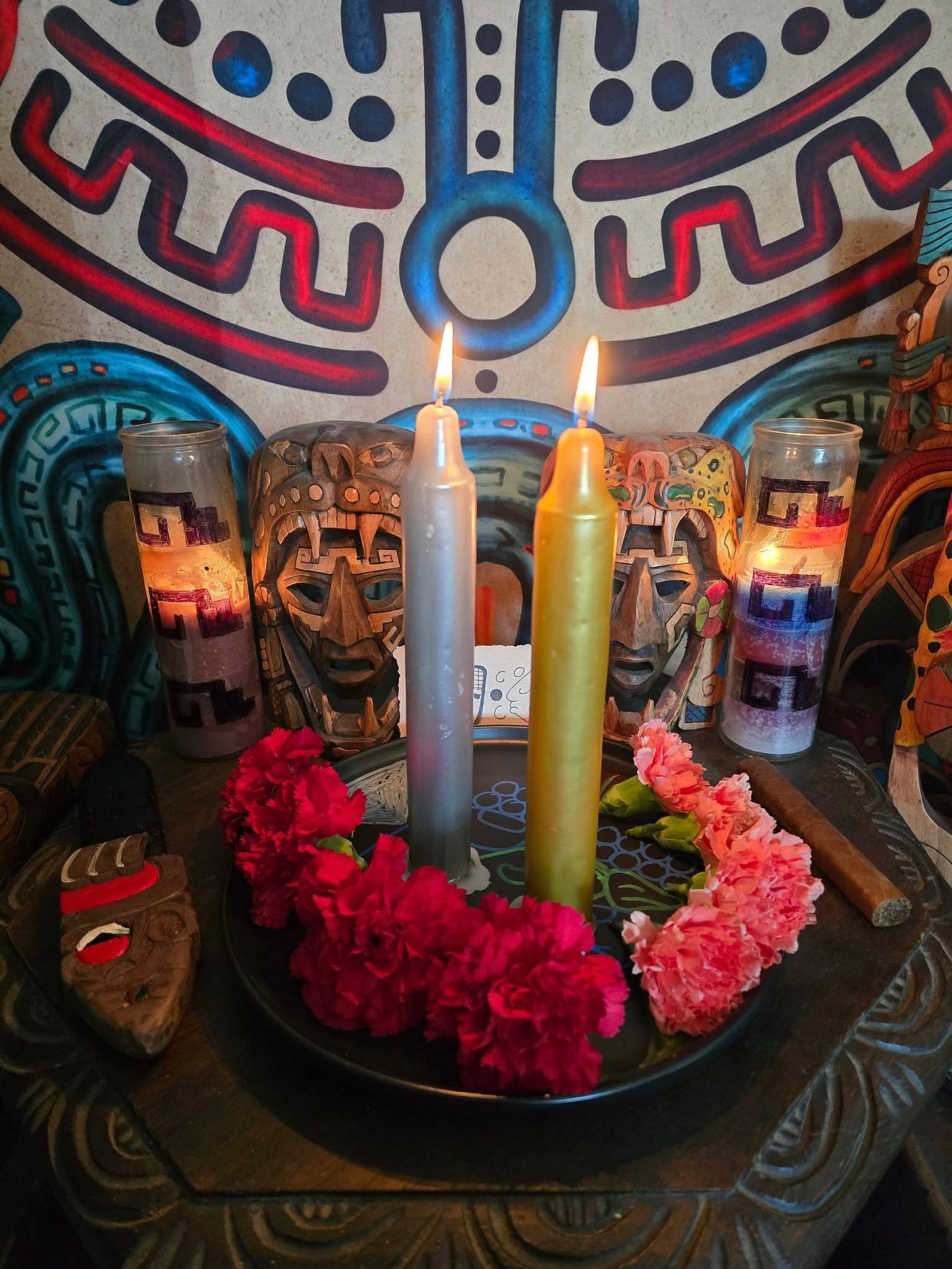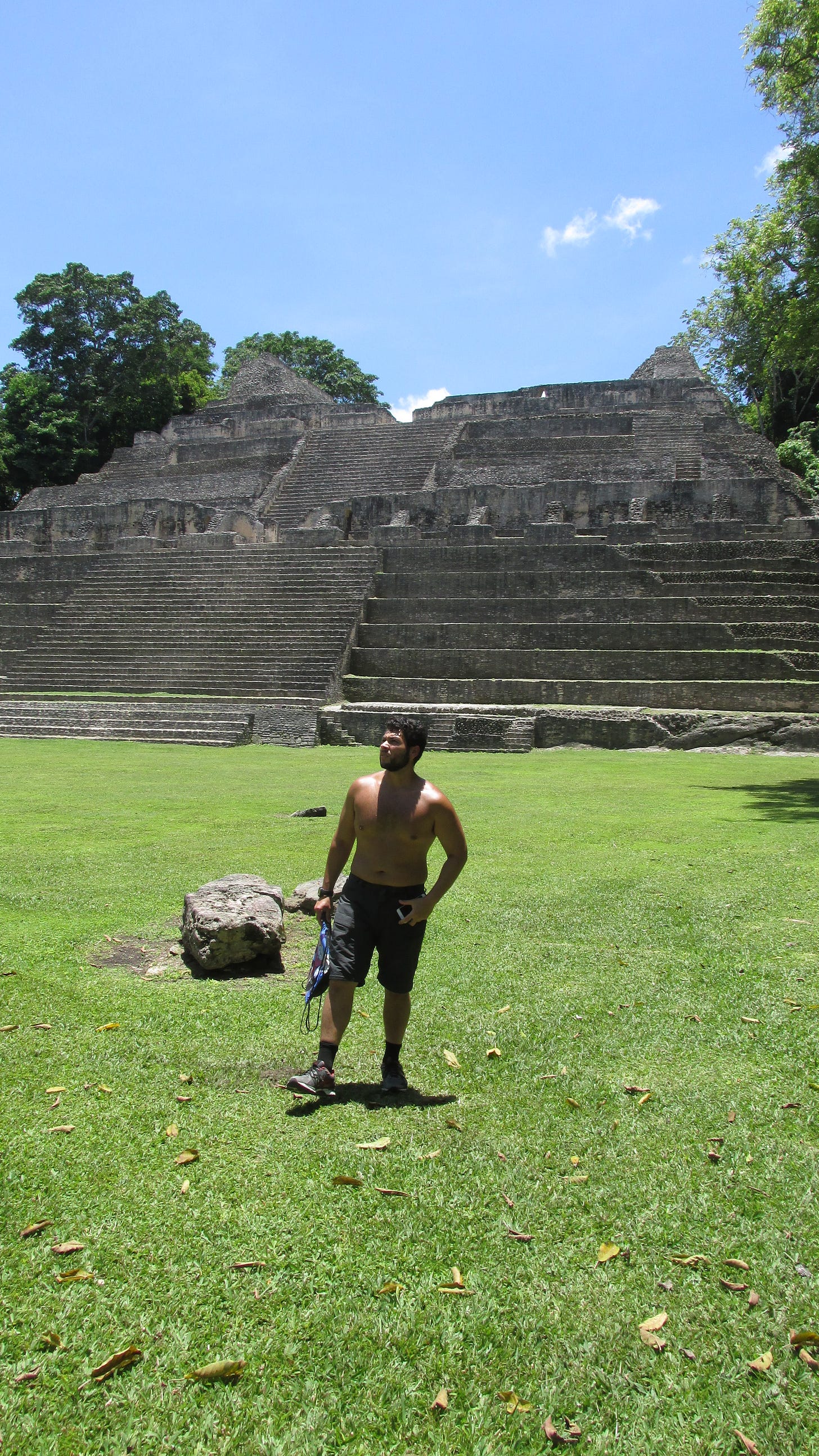Bridging Worlds: A Family's Journey Through Maya Tradition and Modern Understanding
Adaptation is Tradition
The intersection of bloodlines often creates unique perspectives, and nowhere is this more evident than in the convergence of my family's heritage. A Kaqchikel mother + an Atlanta born and raised southern gentleman for a father is a bizarre equation for a mystical upbringing. But nevertheless, this union of theirs would incidentally forge a distinctive approach to understanding and practicing Maya traditions that stands apart from more widely recognized forms.
While many are familiar with the Daykeeper tradition and its profound legacy, our family's path follows a different current within the vastness of Maya knowledge. What outsiders might broadly categorize as brujería—a term that encompasses witchcraft throughout Latin America—represents in our case something deeper than superstitious wishmaking. This generalized labeling reflects the fragmented state of pre-Columbian knowledge preservation, where centuries of disruption have scattered ancient practices into seemingly disconnected trajectories.
The distinction between our tradition and the well-documented Daykeeper practices reveals itself most clearly in focus and methodology. The Aj'qi'ab, the traditional Guatemalan Daykeepers, dedicate themselves to what scholars term "Time Worship"—the meticulous maintenance of the Chol'qi calendar's sacred count of days. Their practice exhibits a predominantly theurgic or mystical orientation, seeking divine union through temporal sacred observance.
Our family tradition, however, has preserved something different: an awareness of planetary influences that may trace back to the ancient Vase of the Seven Gods, discovered near the archaeological site of Naranjo. This celestial focus suggests our ancestors maintained astronomical knowledge that extends beyond the calendar systems, encompassing a sophisticated understanding of cosmic forces and their terrestrial applications. This planetary awareness reveals an underlying sophistication in our form of brujería that distinguishes it from simpler folk practices.
The transformation of our family's practice accelerated dramatically following my mother's immigration to the United States. Economic opportunity and marriage to my father created unprecedented conditions for expansion and refinement. We gained access to a holistic understanding of Maya traditions that remains largely inaccessible to many Maya communities due to economic constraints, travel restrictions, and educational limitations.
My father's background as a historian proved instrumental in this evolution. His analytical perspective complimented my mother's intuitive cultural knowledge, creating a synthesis that enhanced both approaches. Western education provided us with tools to engage archaeological and anthropological research in ways that could rework academic discoveries into practical applications. What archaeologists uncover as historical artifacts, we recognize as resourceful components of a thaumaturgic procedure.
This perspective acknowledges a fundamental truth often missed by purely academic approaches: the fragments of history being decoded and deciphered represent force multipliers for private practice. Magic, properly understood, is not the Hollywood fantasy of supernatural vending machines, but rather a sophisticated skill set for influencing the unseen factors of reality. These abilities require cultivation, study, and practical application—qualities that academic research can significantly enhance when properly integrated.
Cross-training with practitioners from various traditions in the Washington D.C. area became a form of comparative analysis. While the shops were primarily rooted in African Traditional Religion, the clientele was mostly Mexican and Central American. This exposure revealed striking parallels between our theories and elements found in Western esoteric traditions, the aforementioned ATR practices and psi-research conducted by notable groups such as the Institute of Noetic Sciences.
We maintain strict boundaries between cultural practices so as not to be a fickle mishmash of culturally appropriated spiritual ideas, as has unfortunately been the predominant voice in spirituality for the past several decades. Cultural authenticity and operational efficiency demand that Maya elements remain separate from other traditions' components. We cannot simply amalgamate traditional elements from different cultures and expect coherent results. Respect for each tradition's integrity requires maintaining their distinct characteristics while allowing for mutual learning and cross-pollination of understanding.
In this short video I quickly cover one aspect of Mayan language magic. Many practitioners are familiar with sigil magic. But many ancient languages are embedded with layers of metaphysical vitality in a similar way to Chaos Magick’s signature move. Utilizing ancient glyphs in our practice has become a dynamo. Usage of the hieroglyphic language has largerly been absent from Maya practice but we intent to bring it back with a vengeance.
Our approach navigates between the typical polarities that divide many practitioners. Rather than choosing between "Team Spirit"—those who embrace every metaphysical claim—and "Team Science"—those who insist on a purely materialistic universe—we occupy a middle ground. We recognize indigenous Americans as their own people, neither requiring ancient alien intervention nor Atlantean influence, while simultaneously acknowledging their connection to existence's subtle personalities and ever-present forces.
This balanced perspective allows us to embrace archaeological discoveries rather than deny them. These revelations do not dispel magic—they are the magic. The constant becoming of existence represents the numinous itself, and magic provides the means for conscious participation in that becoming. Within this dynamic process lie countless opportunities for growth, transformation, and positive change. We believe these unseen forces can be consciously engaged to materialize outcomes that enhance life's quality and meaning. This is neither wishful thinking nor denial of physical reality, but rather an acknowledgment that reality contains inner folds beyond immediate sensory perception—inner folds that can be studied, understood, and skillfully influenced.
Therefore, I extend gratitude to the scholars who have advanced Maya studies through their dedicated research. Their efforts provide more than academic knowledge; they offer the foundation for Maya traditions not merely to survive, but to thrive with renewed vitality. Thanks to their work, we approach our ancestral practices with an attitude of confident innovation unseen since 1519, when the colonial disruption began.
In bridging the analytical with the intuitive, the ancient with the contemporary, and the scholarly with the practical, our family's journey illustrates how traditions can evolve while maintaining their essential character. We stand as a testament to the possibility that indigenous wisdom and modern understanding need not be adversaries, but can instead become partners in the ongoing work of conscious living and positive transformation.
The path forward requires neither abandoning our heritage nor rejecting contemporary knowledge, but rather weaving them together into something stronger than either could be alone. In this integration lies not only our family's story, but perhaps a model for how ancient wisdom can find new expression in the modern world.






“A shirtless Solomon Pakal in his natural habitat” 🤣